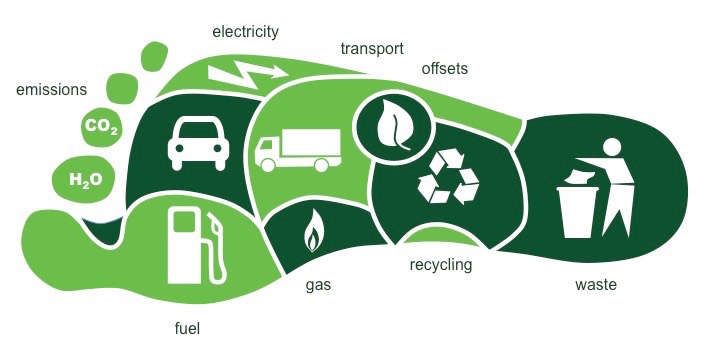Minimize Your Carbon Footprint at Home: Three Ways to Make Your Home Environmentally Friendly
Global warming is one of the biggest problems the world is facing today. According to the National Aeronautics and Space Administration (NASA), the effects of climate change have been observable in different parts of the world. These effects include loss of sea ice, faster sea-level rise and longer, and more intense heat waves.
There many factors that cause climate change. Some of them come from human activities. Research shows human activity produces greenhouse gas emissions at a record high and it’s less likely to slow down. If this problem persists, the world will experience hotter temperatures, changes in precipitation patterns, and higher sea levels, among others.
Fighting climate change is not an easy battle. All kinds of help are needed to avoid the adverse effects of this phenomenon. There are things you can do to reduce your carbon footprint and help the environment heal, starting with your home.
Here are three ways to make your home environmentally friendly.
- Use Renewable Energy for Electricity
Most households get their electricity sourced from burning fossil fuels, like coal and natural gas. These sources produce harmful gases that primarily cause air pollution and climate change. Switching to renewable energy sources for electricity is one way to make your home eco-friendly.
According to the U.S. Environmental Protection Agency (EPA), renewable energy does not emit greenhouse gas from fossil fuels. It also cuts down on some types of air pollution.
Installing solar panels in your home allows you to use renewable energy for electricity. This technology uses the sun as an energy source, which is environmentally cleaner than using energy from fossil fuels. Using solar panels also helps reduce your electric bills drastically since you generate your own electricity.
Solar panel installation can also add value to your home, especially if you own the system. Since solar panels help reduce electric bills, houses with solar panels sell more. Many homeowners also haven’t figured out what it takes to install this system, making preinstalled panels attract potential buyers.
- Eliminate Plastic from Your Bathroom
Tons of plastic waste end up in the seas every year. It is expected to reach 22 million to 58 million tons a year in the next 10 years with the help of government and industry initiatives. Without that, however, plastic waste that ends in the water, particularly in the ocean, will be 99 million tons by 2030.
Your bathroom is an ideal place to start eliminating plastic from your home. Most of the plastic products you use every day are likely in your bathroom, from your toothbrush to shampoo bottles. Before switching to a more sustainable alternative, make sure to use up everything you currently have.
There are a variety of eco-friendly bathroom essentials available in the market today. A bamboo toothbrush, for example, is a great alternative to a plastic toothbrush. Look for a 100 percent natural, compostable, and biodegradable one. You can also make your toothpaste by mixing one part baking soda with one part coconut oil. Use a glass container to store your homemade toothpaste.
When buying shampoo and conditioner, choose the ones that come in refillable or returnable containers. Zero-waste options are also becoming more popular, including shampoo and conditioner bars.
Keep in mind that the bathroom is not the only place where you should eliminate plastic. As much as possible, cancel plastic in all areas of your home. Use tote bags when grocery shopping, store leftovers in reusable containers, and avoid using single-use utensils.
- Upcycle Items in Your Home
Upcycling is a process of reusing certain items to create a product with a new purpose and of higher quality than the original. Unlike recycling, you retain the original form of the object to make it recognizable. Before discarding things for recycling, think of ways on how you can re-purpose them.
A large pickle jar, for example, can be used to store sugar, flour, or pasta. Your old clothes can become pillow covers or rugs instead of buying a new one. If you have empty paint cans lying around, you can use them as planters for your garden. Upcycling is a fun way to be creative while reducing your carbon footprint.
Encourage each member of your family to upcycle one item from your recycling. One substitute a week can greatly help reduce waste.
Efforts, no matter how big or small, are important in helping the planet heal so future generations can enjoy healthier earth. Making your home environmentally friendly lets you enjoy water and energy efficiency, a healthy indoor environment, higher property value, and a lower carbon footprint.
Go around your house and take note of things you can improve that can help reduce your carbon footprint. Consider adopting a more sustainable lifestyle to further help the environment. Encourage the people you know to do the same.




